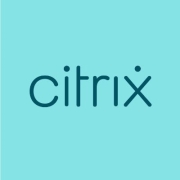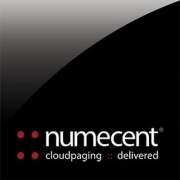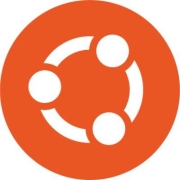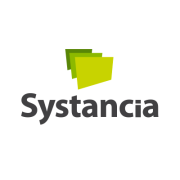Application Virtualization is a technology that allows applications to run on a device without being installed directly on its operating system. This approach separates applications from the underlying hardware, streamlining management and improving compatibility across environments.
Utilizing Application Virtualization can significantly enhance workforce productivity by providing seamless access to essential applications on various devices. This technology supports diverse operating systems, simplifying software management and deployment processes, which can reduce costs and minimize downtime. Businesses often choose this solution to adapt quickly to ever-changing IT landscapes without overhauling existing hardware setups.
What are the critical features of this solution?In healthcare, Application Virtualization supports patient care by providing secure access to medical applications on tablets and mobile devices. In education, it enables remote learning by allowing students to utilize software on personal devices. Manufacturing sectors benefit from system stability and reduced downtime, ensuring continuous operation.
Application Virtualization helps organizations manage their software environments more efficiently. By decoupling software from hardware, businesses can improve user experience, streamline IT operations, and swiftly implement necessary changes to meet organizational demands without significant disruption.
| Product | Market Share (%) |
|---|---|
| Citrix DaaS (formerly Citrix Virtual Apps and Desktops service) | 25.8% |
| Microsoft App-V | 21.9% |
| Parallels Remote Application Server (RAS) | 16.7% |
| Other | 35.599999999999994% |















The server-based technique is the most prevalent way to virtualize applications. This means that an IT administrator installs remote applications on a server in the data center of a business or through a hosting provider. Application virtualization software is then used by the IT administrator to distribute the programs to a user's desktop or to other connected devices. The user can then access the application and use it as if it were installed locally on their machine, with the user's actions being relayed to the server for execution. Digital workspaces and desktop virtualization both benefit from application virtualization.
Application Virtualization streamlines the software deployment process by encapsulating applications from the underlying operating system. This improved isolation eliminates conflicts that typically arise during deployment. You can deploy updates and new applications swiftly without worrying about compatibility issues. This process reduces the time and resources typically required for traditional software installations, allowing for quicker scaling of IT operations.
What are the security benefits of using Application Virtualization?Application Virtualization enhances security by running applications in isolated environments, ensuring that malicious code doesn't impact the entire system. You can manage user permissions more effectively, limiting unnecessary access to sensitive data and decreasing potential attack surfaces. The encapsulation of applications ensures a more robust protection against external threats, contributing to a more resilient IT infrastructure.
Can Application Virtualization help reduce IT costs?Yes, Application Virtualization can significantly reduce IT costs by minimizing hardware dependencies. It allows multiple applications to run on the same hardware without compatibility issues, reducing hardware investment. You also experience lower maintenance costs, as virtualized applications are easier to manage and update. With decreased need for physical infrastructure, your company can save considerably on both hardware procurement and ongoing operational expenses.
How does Application Virtualization support remote work environments?Application Virtualization is highly beneficial for remote work as it enables access to applications from any location without requiring specific hardware. This flexibility ensures you maintain productivity whether accessing applications from home or on the go. Virtualization ensures consistent application performance, providing seamless integration and communication between the application and the user, facilitating an efficient remote work experience.
What role does Application Virtualization play in disaster recovery?In disaster recovery planning, Application Virtualization plays a crucial role by ensuring quick restoration of applications after a disruption. Virtualized environments are easier to backup and replicate, allowing you to quickly transition to alternate systems and resume business operations. The portability of virtualized applications facilitates a more efficient recovery process, reducing downtime and minimizing the impact of disasters on your business continuity.